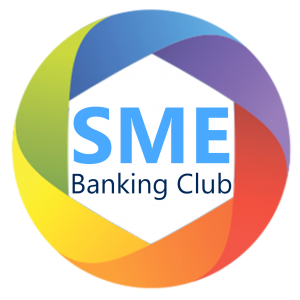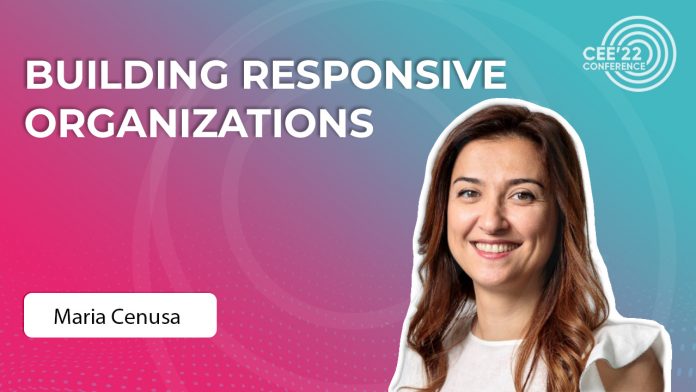The most important challenge for companies these days is to become as responsive as possible, to be innovative as well as resilient, and to balance the idea of innovation vs. efficiency. The transition from the Industrial age to the Digital age has implications at all levels in the organizations: from the corporate structure to the way of working and people management.
The environment is moving at an unprecedented pace, with high levels of uncertainty. Dynamics of change are more extreme, it is becoming almost impossible to make predictions. Hyper-connectedness and non-linear causalities impede easy understanding and simple solutions. There is no simple „right“ or „wrong“, facts can have different meanings, and be assessed in different ways.
The working environment is changing: job descriptions become more fluid, as it is expected from employees to perform ad-hoc activities, as dictated by the changes in the environment. The focus on performance is moving from the number of inputs towards the quality of the outputs, the value that is adding to the end customer becoming the measurement of performance. This not only has implications on the content of the jobs but has tremendous implications on the organizational structure, HR policies, and governance.
Organizations are moving from a centralized and hierarchical way to networks of structures, from the chain of command to self-managed cells, from large siloed departments to areas built around the end-to-end chain for delivering customer value. The driver for this transformation remains the need to constantly absorb change, react as fast as possible to client demands and remain relevant in a market that is constantly moving. Managers are no longer managing, but they should be inspiring, showing direction, explaining the vision, guiding, and mentoring the employees. The focus is on bringing up the value in people, allowing them to operate at their full potential.
How can big organizations start this movement? How do we manage to change our mentality and overall organizational structure? Where do we start from?
Introducing the value stream management concept and dual organization model are potential solutions that we see explored at various levels in the financial sector, but not only there. The legacy of the past remains though in the inertia of changing departments and changing IT systems. Technology is accompanying all initiatives and large players have to deal with the legacy of old systems, unprepared architectures, and closed environments that are difficult to scale. In this context, should the new operating structures be “protected” from the rest of the organization? Put somewhere outside? Or can we initiate the change from within? We see different approaches in the market, each with its own stories of successes and failures.
Last but not least, how do you balance the need for innovation with efficiency? When you innovate, you need to allow yourself room and resources to fail. You cannot innovate in an efficient manner. Also, efficiency assumes the predictability and stability of the process. Or having those actually makes you inelastic to changes. These two approaches have different time frames: innovation is built for the future, while operations happen here and now. The two are at odds with each other – focusing on one, pushes the other to the background and the balancing act is a challenge for all companies.
How do you leverage short-term learning to achieve and maintain efficiency and effectiveness in operations? How do you use innovation to be successful also in the long term?
There is a counterintuitive message here and an apparent contradiction: Innovation is not about an “anything goes” type of management, but is a rather disciplined and even rigid application of a preset process of work to reach the desired outcome. At the same time, maintaining efficient operations requires not only coming up with quick wins but constantly challenging your as-is, restructuring, and reframing, which in the end calls for innovation.
In conclusion, organizations are becoming living organisms, with constantly evolving connections between cells – adapting to the current demands of the context. The most critical part is determining what path to follow, preparing it for the proper context, and never stopping your change process.
This will be the topic of Panel discussion, moderated by Maria Cenusa (ICG Integrated Consulting Group), at the upcoming #CEE22 SME Banking Conference.
We invite you to participate! Please register here.






